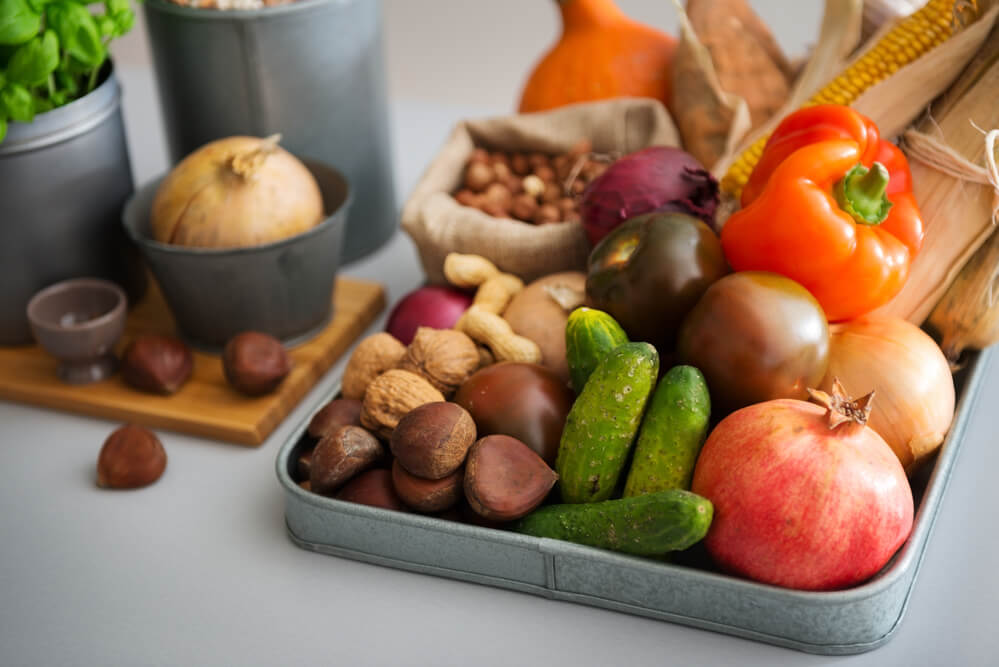
Antibiotics have been nothing short of a miracle in modern medicine and have undoubtedly saved lives by eradicating and treating infections. However, many health professionals agree that antibiotics are over-prescribed, and attention is rarely given as to how to restore gut health after antibiotics.
In this article, we’ll look at what antibiotics are, their side effects on your gut health, and optimal forms of getting your GI health back in shape afterward.
Antibiotics and How They Work in Your Gut
Antibiotics are a type of antimicrobial drug used to prevent and treat bacterial infections. They work by both inhibiting and/or killing bacteria, but they are not quite smart enough to distinguish between beneficial and pathogenic bacteria. The killing of beneficial bacteria weakens the GI microbiome, which can lead to a long list of symptoms and problems in the long term.
The extent to which antibiotics can negatively impact gut health depends on the type of antibiotic, stage of life when they are used (for example, they could be more damaging to the gut of a small child), and the duration of use.
Are There Side Effects of Antibiotics?
Antibiotics can potentially cause diarrhea, soft stools, stomach upset, constipation, rash or allergic reaction. Damage to the gut is a well-known side effect of antibiotic use, and several new studies suggest that overuse of antibiotics could damage the immune system.
How Long Does It Take to Restore Gut Health?
The length of time it might take to restore gut health post-antibiotic depends on how long a person has been taking the antibiotics. A high-quality probiotic supplement is your first line of defense, as probiotics are the very beneficial bacteria that antibiotics destroy.
A common recommendation is one round of probiotics for each week that you have taken antibiotics. One round of probiotics could last from one to two weeks. This is up for debate, but there is likely no harm in taking probiotics at the same time you are taking antibiotics, preferably with a two-hour window before or after you take your antibiotic.
What Can You Do to “Speed-Up” Restoration?
Along with probiotics, there are several other steps you can take to speed up gut healing after antibiotics. According to the CDC, at least 30 percent of antibiotics used are prescribed unnecessarily. So first and foremost, be sure that the recommendation to use antibiotics is, in fact, called for. Most of this misuse takes place when antibiotics are prescribed for viruses (such as the common cold), which will not respond to antibiotics.
Probiotic Supplements
Opt for a wide spectrum probiotic (one that includes multiple strains) with at least 50 billion CFU (colony forming units) per dose.
If you are new to probiotic supplements, you might need to cut the recommended dose in half (or even in quarters) and work your dosage up over a few days if you experience digestive distress (gas, bloating, etc.).
Fermented Foods
Fermented foods are naturally rich in probiotics, and are an excellent way to maintain proper gut health post-antibiotic use. Combining them with a probiotic supplement after a round of antibiotics will help with healing, but fermented foods should ideally be included in your daily diet on a regular basis.
Some great and easy-to-find sources include raw sauerkraut, kimchi, plain yogurt, kefir and kombucha tea.
Colostrum
Colostrum is a nutrient-rich type of milk (a pre-milk) produced by all mammals to feed our newborns. It has been shown to improve overall GI health and help maintain and restore gut health.
Fruits and Vegetables
Fruits and veggies are naturally rich in prebiotics (also important for gut microbiome) and include foods you might already have in the kitchen, such as bananas, sweet potatoes, and other tubers.
By following these guidelines, you can work to restore your gut health after antibiotics as effectively and rapidly as possible.

